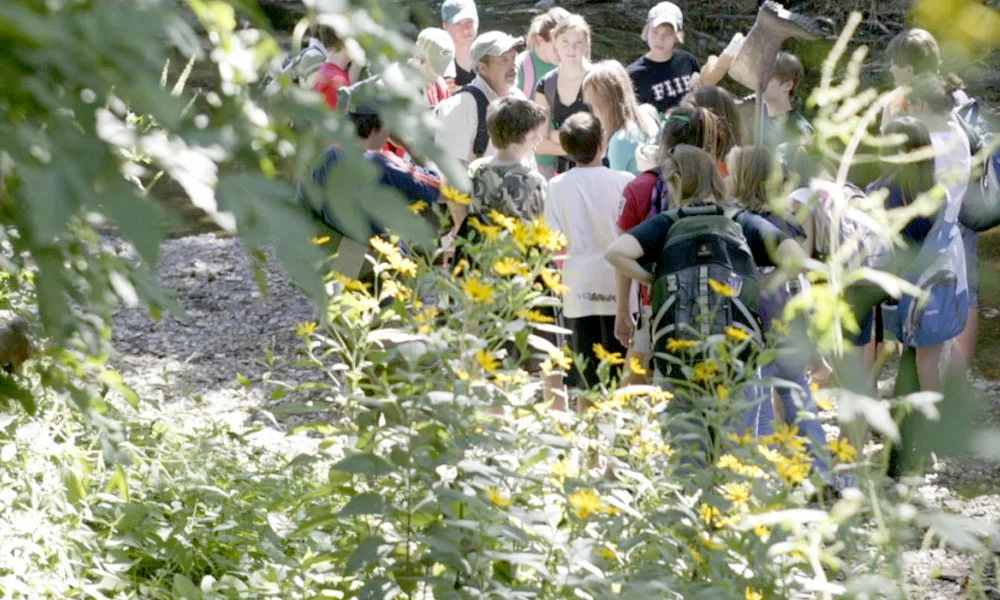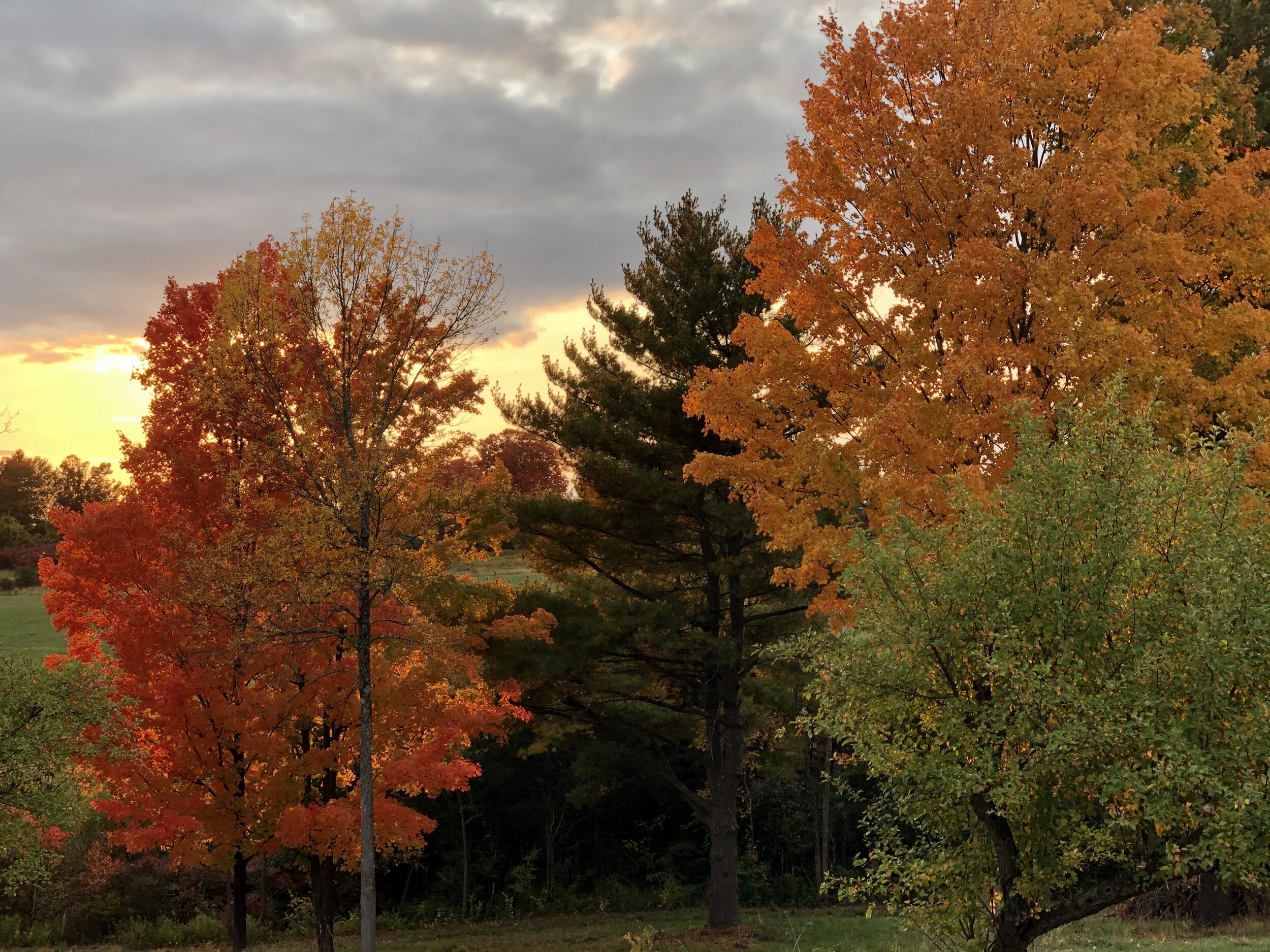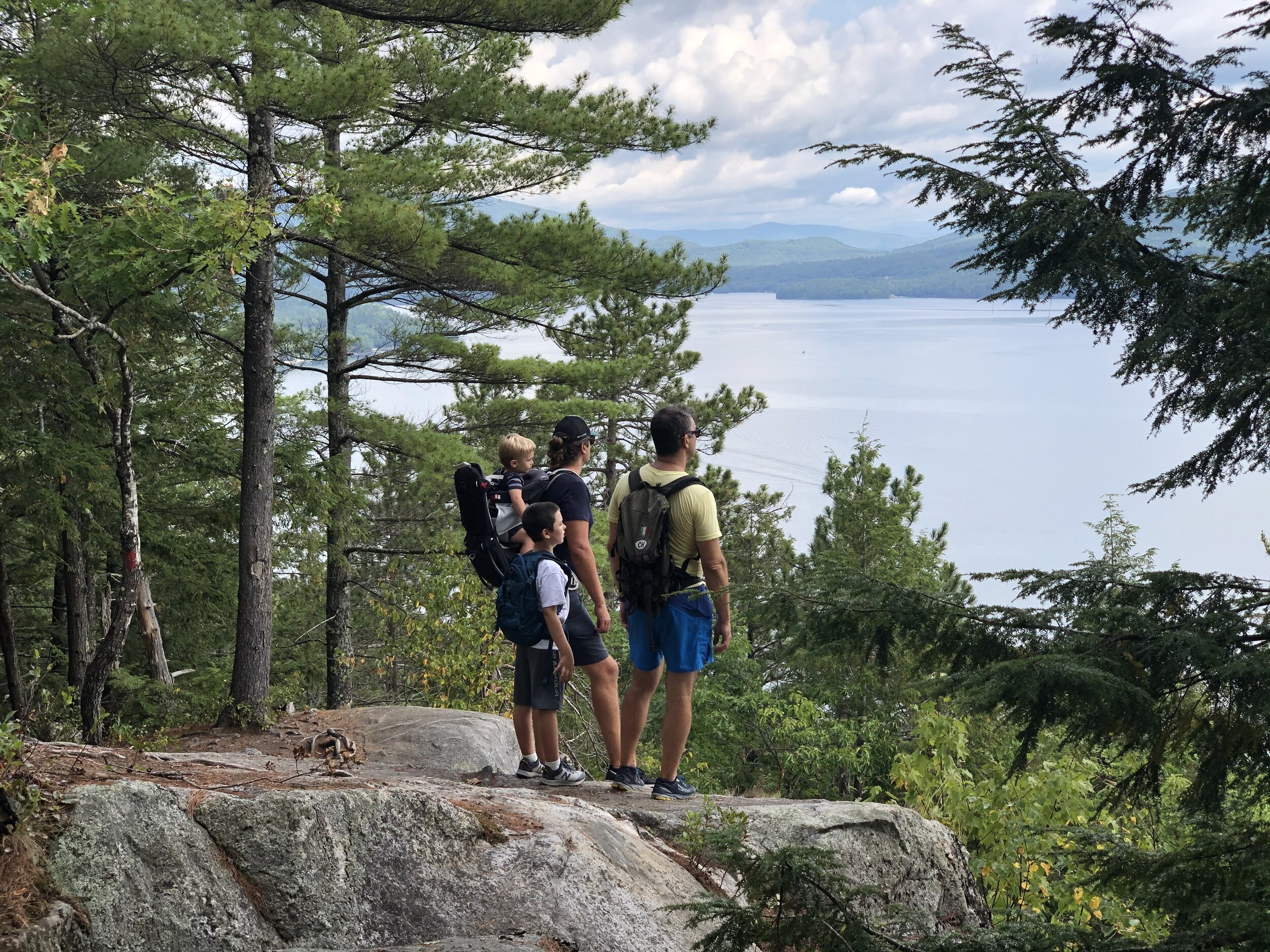It is 10 degrees outside, bright and sunny, and the landscape is blanketed in white. Our son, Chris likes to say that there is always a bird party in our backyard because of the feeders and suet baskets that Ashley fills regularly. Right now, I am watching chickadees, juncos, cardinals, nuthatches, and house finches swoop in toward the closest feeder, enjoying lunch on a very cold day. Last night, I bundled up and went outside to stand under the bright wolf moon, and to gaze at the stars above our house and the shadows cast by trees on the fields. I felt grateful to be alive and well in January, 2021.
While this day to day life happens and the seasons turn, the pandemic rages and the divisions in our country and threats to our democracy continue. Even as we settle into new leadership that is working to bring steadiness, calm, real help, and dignity to all of us. Ashley and I listen regularly to David Brooks, a moderate Republican, on the PBS News Hour and read his editorials in the New York Times. On January 21, he wrote this:
Just by who he is, Biden sets the stage for a moral revival. His values cut across the left/right, urban/rural culture war we’ve been enduring for a generation. This will begin to heal a broken and ungovernable nation. Next, Biden will work to depoliticize American life. Over the last years, politics was about everything except actual governance. Under Trump, partisanship was about personal identity, class resentment, religious affiliation, racial prejudice and cultural animosity.
I was shocked by how moved I was by the Biden inaugural. We’ve been through an emotional hailstorm over four years. Suddenly the sky has cleared. It’s possible America may emerge from this trauma more transformed than we can imagine.
This is what I keep my eye and heart focused on these days…a long view that the time has come to honor the pluralism and beauty that is our country and our planet and to work to protect and sustain all of us.
A powerful piece of the Inauguration was seeing and listening to Amanda Gorman read her poem, “The Hill We Climb.” A glowing, powerful, graceful young Black woman, the first National Youth Poet Laureate, recited a moving and beautiful poem about our history, our struggles, our democracy, and the future that is before us to create.
She ends her inaugural poem with these lines:
We will rebuild, reconcile and recover
and every known nook of our nation and
every corner called our country,
our people diverse and beautiful will emerge,
battered and beautiful
When day comes we step out of the shade,
aflame and unafraid
The new dawn blooms as we free it
For there is always light,
if only we’re brave enough to see it
If only we’re brave enough to be it
Amanda Gorman reading at the Biden Harris Inauguration, January 20, 2021 Credit @bideninaugural Instagram
To hear a such a brilliant poem that in many ways is both instructional and visionary was uplifting and brought many of us to tears. We have been missing this infusion of beauty and culture from our leaders for a long time.
Vea Vecchi, long time atelierista and researcher in the schools of Reggio Emilia, Italy, often speaks about the fundamental place of aesthetics and poetics in learning, in understanding, in growing to love the world. In Reggio Emilia, educators believe that learning without this element is incomplete and impoverished.
In her TEDx talk in 2011, Vea says:
Within its very structure,
Poetic thinking does not separate but puts together
Imagination and the cognitive
Emotions and rationality
Empathy and deep investigation and research
It awakens all of our senses and perceptions
Feeding a strong and deep relationship with what we have around us
And, this creates two ways of being in the world…solidarity and participation, both are the basis of democracy. This is far away from indifference and violence, which are among of the worst ills that we have.
Vea Vecchi and Charles Schwall at the St. Micheal School, St. Louis, MO, June, 2004
In her essay “Poetry is Not A Luxury,” that I found reference to in Letters from Layla, Audre Lorde writes…[Our powers] lie in our dreams, and it is our dreams that point the way to freedom. They are made realizable through our poems that give us the strength and courage to see, to feel, to speak, and to dare.
To bring these dreams and visions to life, we have work to do. White people have so much to learn and so much unconscious bias to bring into the light. Our history is full of trauma, discrimination, violence, and hate. Making a commitment to read, to study, to learn, to stay in the conversation and to participate in dismantling systemic racism is a pledge that we have taken.
I have found it thrilling to learn more about Amanda Gorman, as both a poet and an activist, reading more about her, now following her, listening to some of her past performances, discovering that she has a children’s book, Change Sings, coming out in September! One resource that I found that is beautifully done, and a must see for educators of young children is this special, PBS Kids Talk about Race and Racism, aired last October, 2020, hosted by Amanda Gorman. Don’t miss it.
In an interview in USA Today about the special, she says:
We often don’t give kids enough credit for their intelligence, particularly their emotional and moral intelligence. We can’t end [racism] unless we have a dialogue about it, and that can't be a one-time conversation…It has to be continuous and interwoven in our lives and the ways in which we communicate with our children. And that conversation doesn’t always have to be daunting. It can have its own fun, its own light, its own joy and love that’s brought forth by families.
To put this so simply: Racism is real, but race is not, in the way we’ve constructed it, meaning that I hope that when families watch this they don’t leave with a sensation that Black people are drastically different from white people.
I want them to understand that, yes, skin differences, hair differences, language differences, those do exist. But when we boil it down, we are all part of only one race, which is the human race. We have to remember that when we talk about racism, because that underscores how incorrect it is, that it’s trying to draw lines between us when we’re really part of the same family.
I found Amanda Gorman’s presence on this special, as her presence is everywhere, uplifting and full of light and joy. We can thank our lucky stars that visionary and poet Amanda Gorman has stepped on to our national stage at just the right moment for our children and for all of us.






























